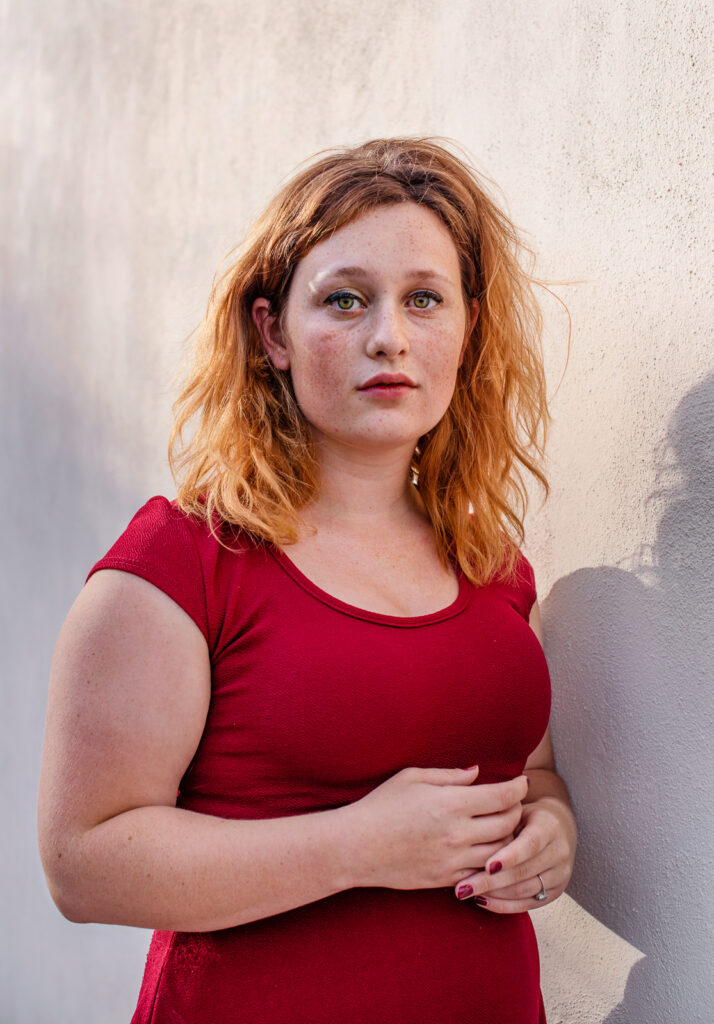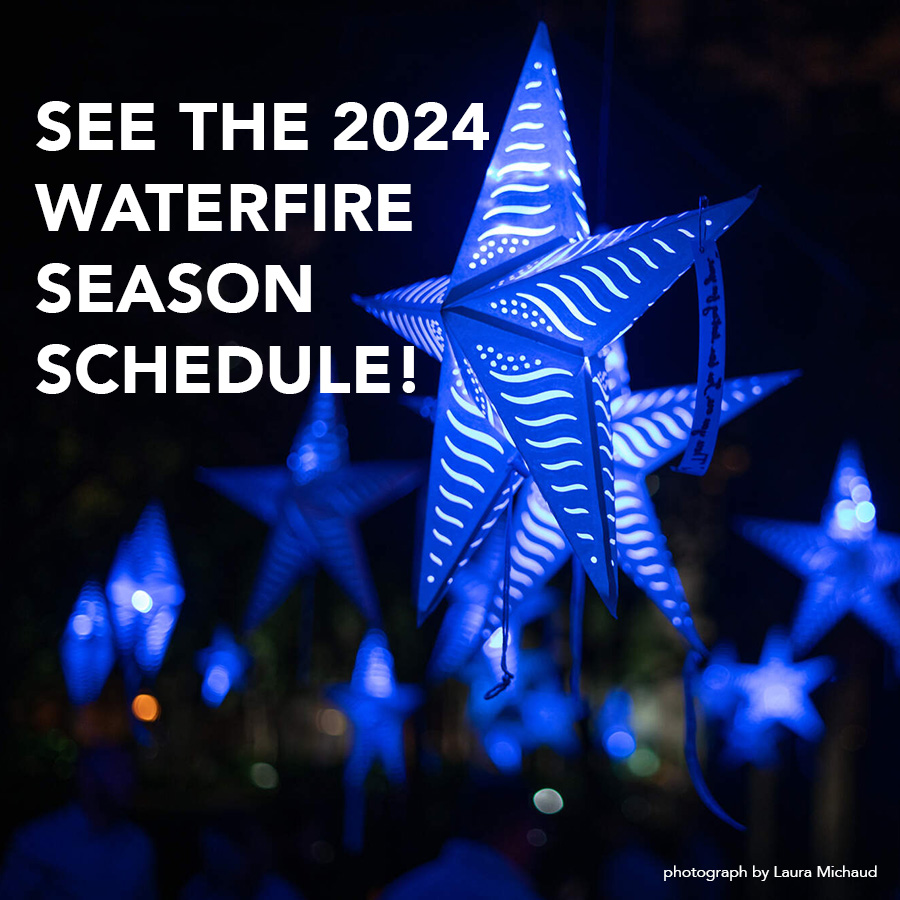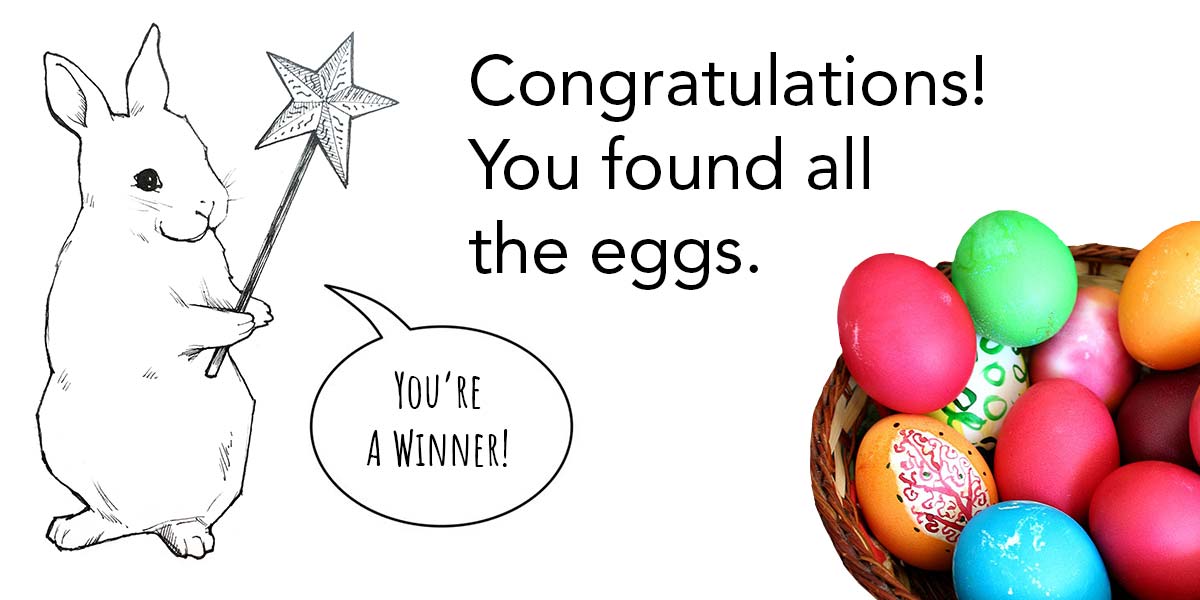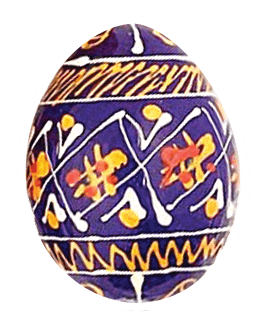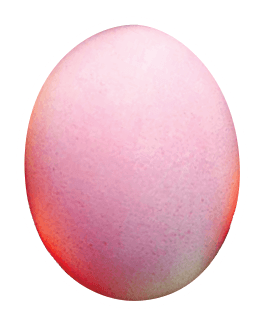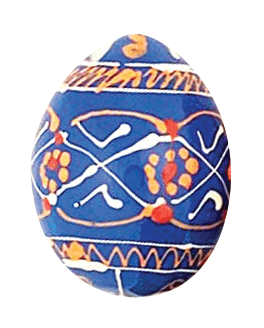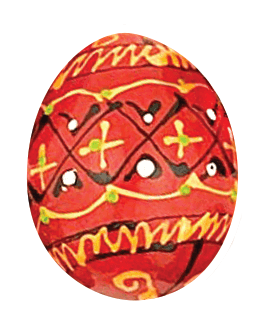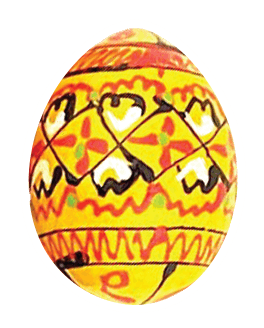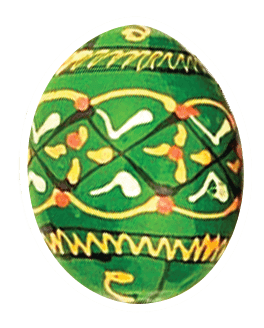My family jokes that I rarely want to photograph white people. They make fun of me, pointing out individuals – an elderly woman in African dress, a young Hispanic-looking family – who they believe will spark my interest. My husband takes it one step further and says I’m not interested in photographing white men (including him), especially if they are straight. “And I should care – why?” I quip back. “Because straight white men are so under-represented?”
But in my heart, I’ve worried that they’ve noticed a problem.
For 25 years, I’ve been driven by the knowledge that the “dominant narratives” of people, places, and communities have been written in the white voice – the voice of the powerful majority. And I’ve known that these narratives, by omitting or misrepresenting people’s experiences, have done great damage. I’ve used my work to try to address some of these distortions. Sometimes I personally identify with those whose story is being told – such as the residents of a working-class New England factory town, where I grew up. Sometimes the stories I tell are of communities and cultures different from my own.
Here’s the problem: “socially conscious” photography goes back to the beginnings of the medium, but in the last few decades it has exploded as an industry. Every week a new award is announced, for someone working “to make visible the invisible,” “to shed light on a marginalized population,” or “to bring humanity to the de-humanized.” But rarely are these questions asked: “Marginalized – by whom?” “Invisible – to whom?” And, worst of all: “Humanized – by whom? By you?”
When I began my blog, in 2013, I gave it the title “SeenUnseen.” It was an attempt to encompass all the ways in which human beings do not truly see one another beyond their preconceptions, and across racial, cultural, and social differences. But also, I now realize, this title implied that the person who was seeing was doing so from the majority vantage point: that of the educated white American. Living in the community in which I display my work, I have heard from people who have said that they’re sick of being told they’re “unseen” – they are not, and have never been, unseen by their families and friends. They have never been marginalized from their fellow community members. And they’ve certainly always been human. So by using the word “unseen,” even with good intentions, I’ve inflicted the old wounds that I’ve been trying to heal.
I am thinking about all of this on a late-summer evening in 2017, walking around my Providence neighborhood, trying to make portraits and, I must admit, challenging myself to approach only people who look like me. Out of a shop walks a young woman with pale skin and auburn hair; her steps are full of energy as she makes her way down the street. I stop her and tell her I’d love to make her portrait. Her eyes brighten with delight and she says “Get Out!,” stamping her feet for emphasis. We walk over to a side street and make some photographs, while the evening light glows all around us. Her name is Molly.
A few weeks later, I go to Molly’s apartment, nearby, and give her a print. Having just finished engineering school, Molly has been living in Rhode Island for only a few months; she has started a job at CVS, one of the state’s biggest corporations. She talks about how hard it is to be beginning one’s career, especially for a young woman. How do you “find your voice” at your job? How do you assert yourself and prove that you know what you’re doing, even though you’re young? “There’s a lot going on,” she says, “trying to do adult stuff you don’t know how to do. Like paying taxes.”
Molly tells me that she is 24 years old, and starts to remind me of myself at that age. I have only just turned 50, and I realize that almost everyone I now meet is younger than I. All of the lessons I’ve learned that make 50 feel good Molly still has to learn. She suddenly looks really vulnerable to me – I see it in her face, her eyes. My heart feels full – in a way that has become familiar, no matter whom I’m photographing.
After many conversations about “SeenUnseen,” I’ve decided it’s time for a new title. I’ve chosen “ReSeeing,” launched with this portrait of Molly. I like the way it challenges me to keep looking at what my work is doing: the way the portraits are functioning in the world and the way they are operating in the minds of viewers. I like the way “ReSeeing” asks me to pay attention to my own process of seeing. And I like the way it involves all see-ers, not just the powerful ones, asking us to look again at what we think we’ve already seen, already understood. I don’t think I can have much effect on the power structure of the world, but if I can make work that urges people to connect with one another, that will make me happy.
